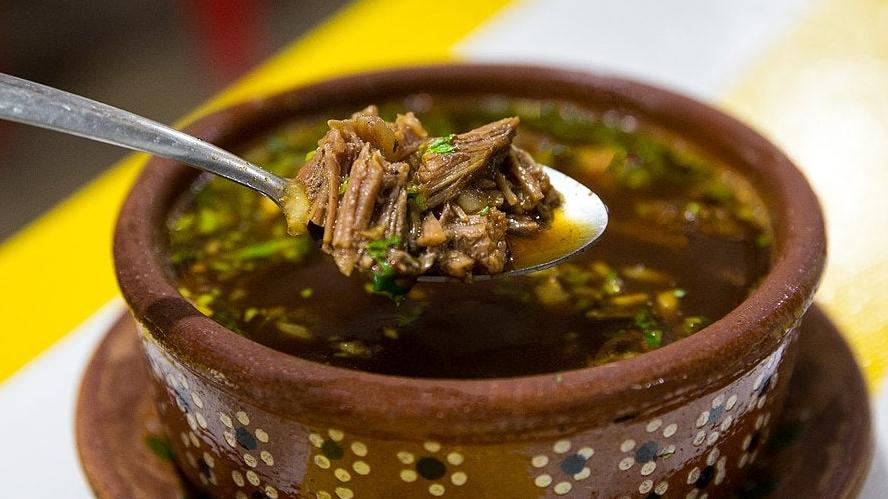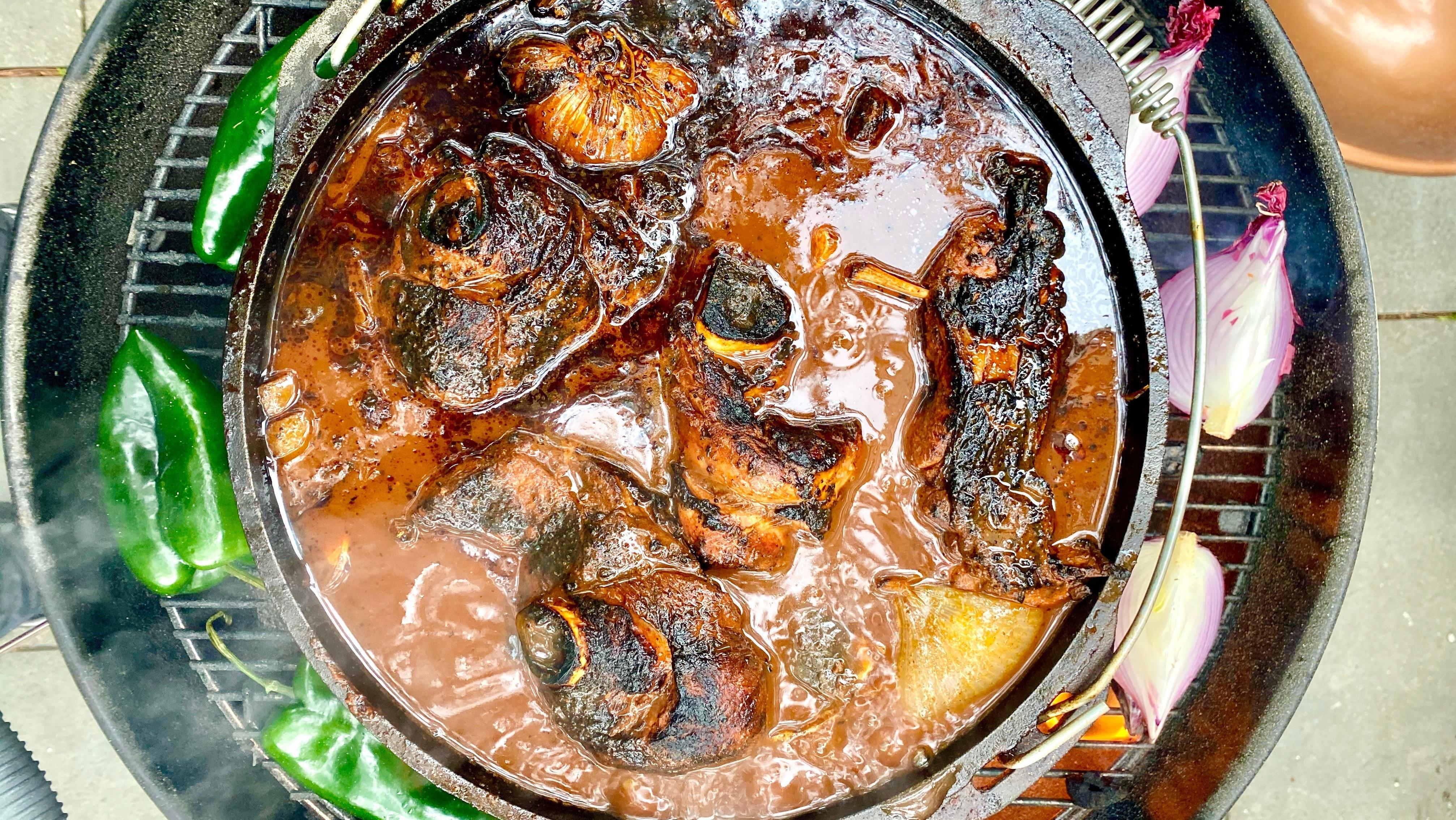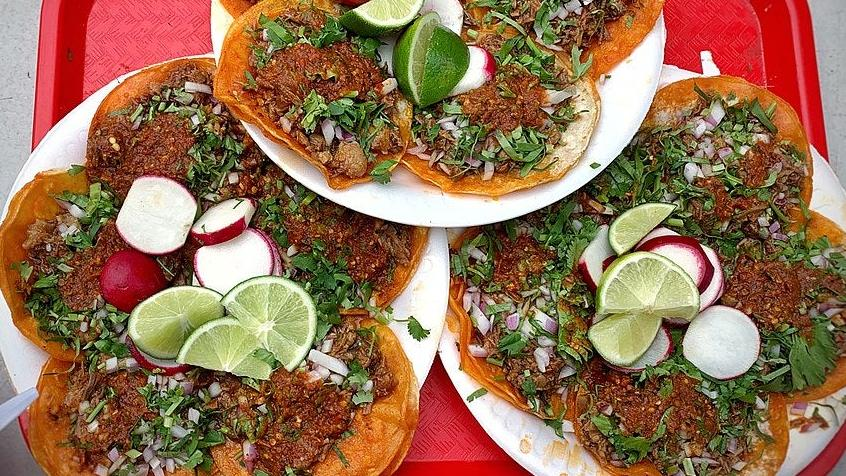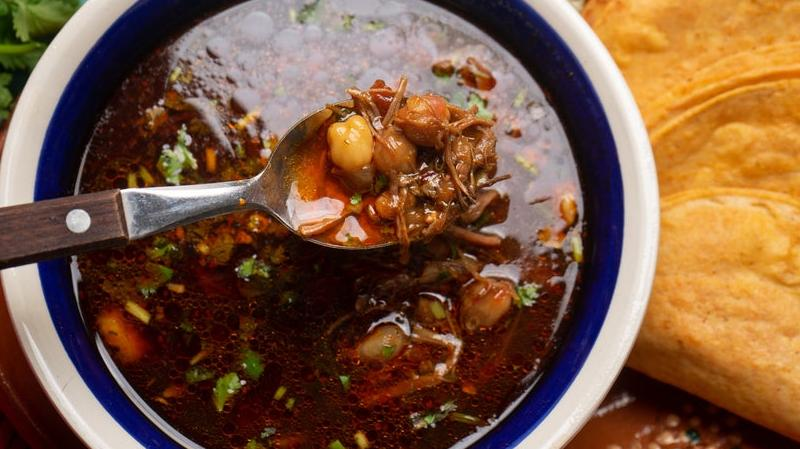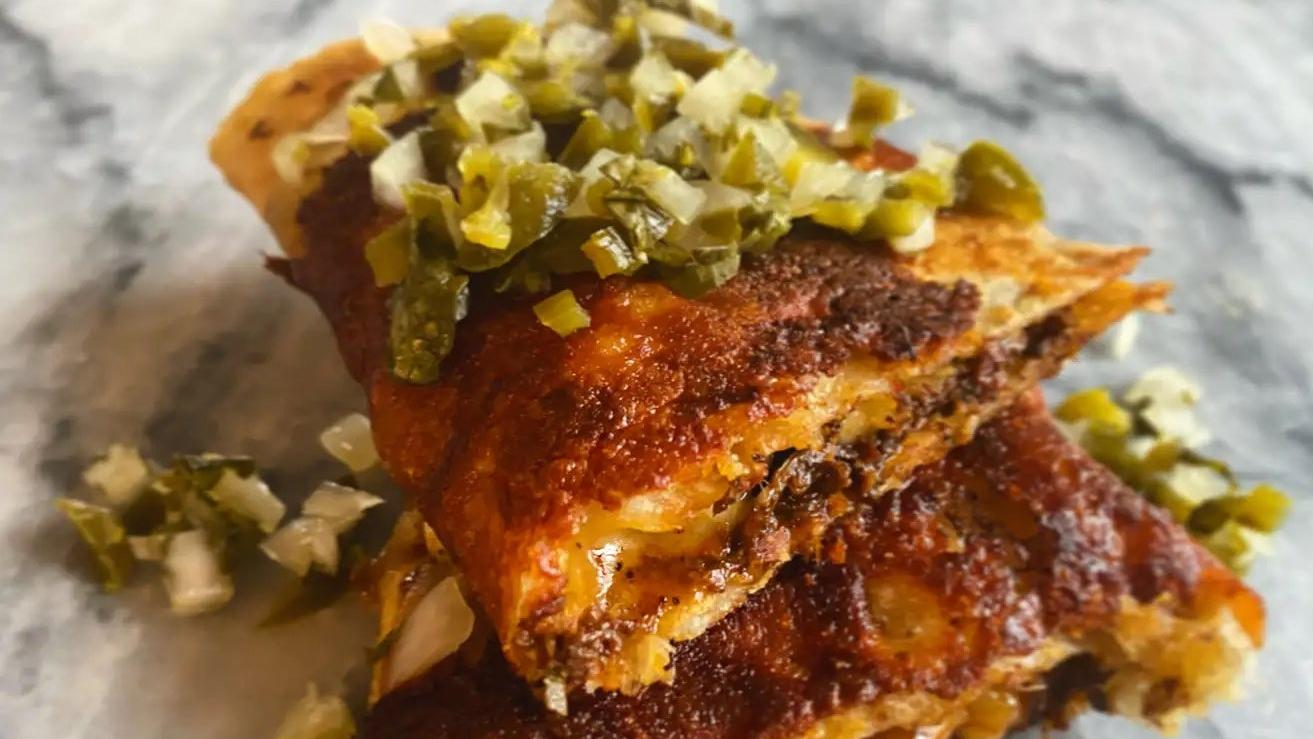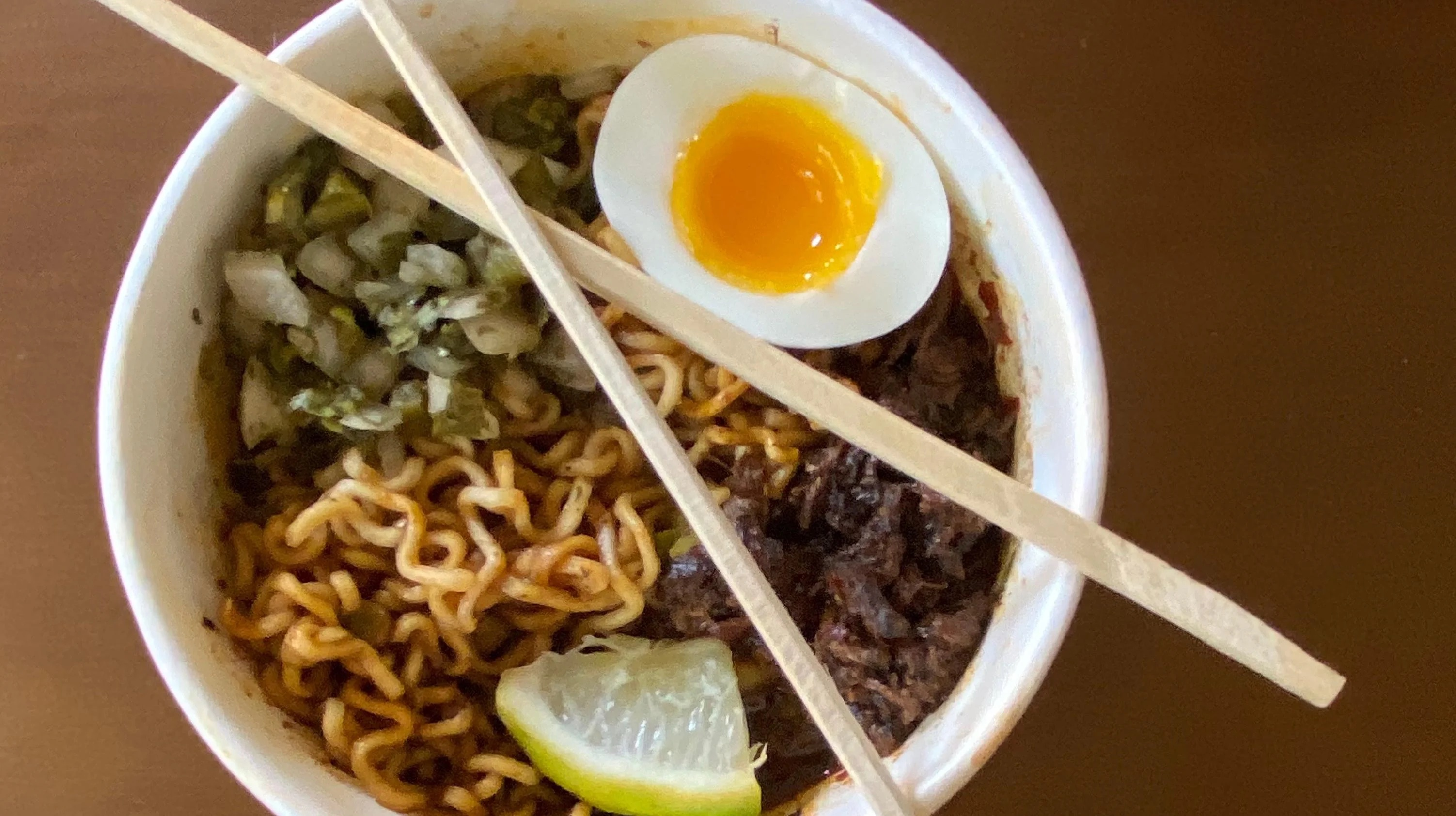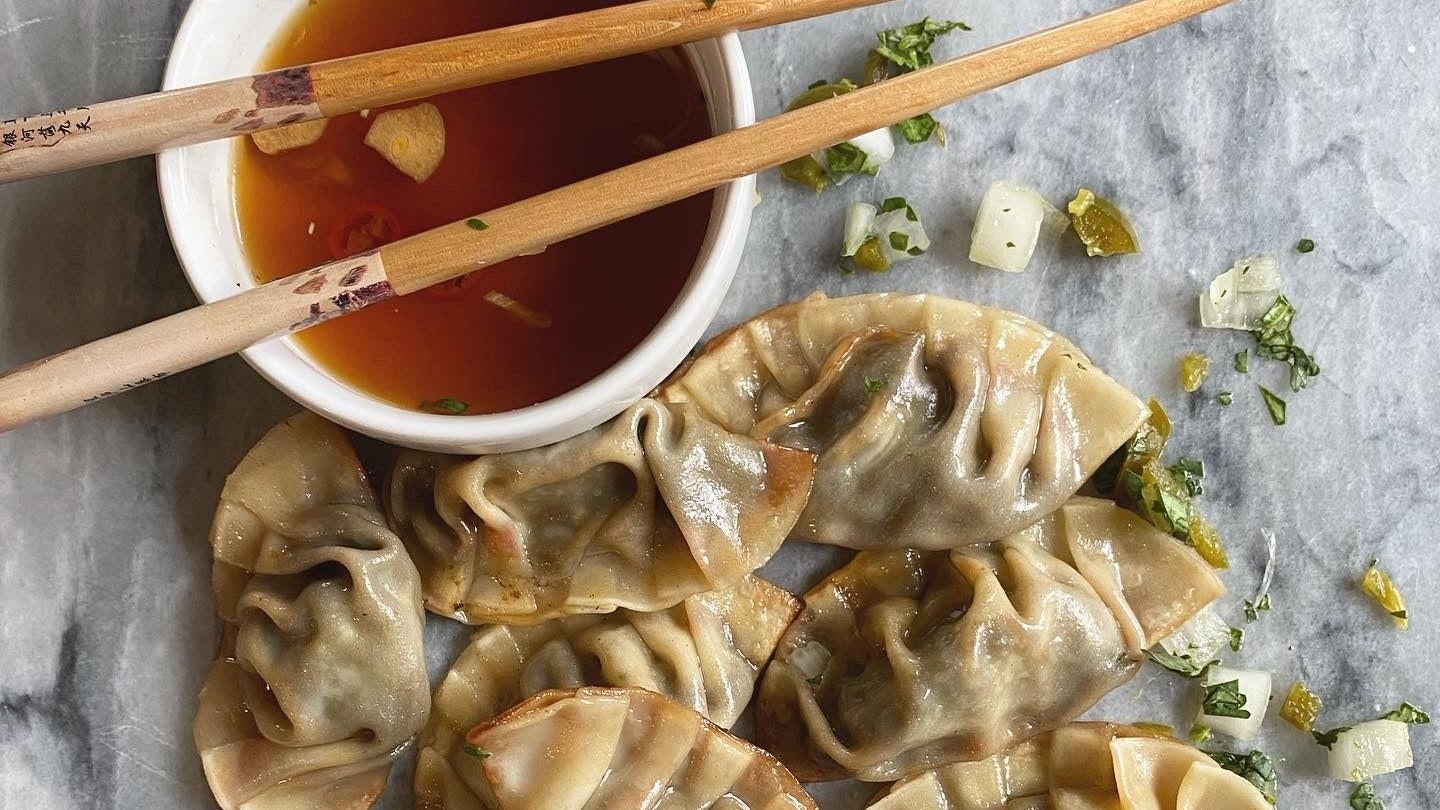Everything You Need To Know About Birria
Looking to learn more about the culinary phenomenon known as birria? Start here.
Whatever you do, don't call it a trend. Birria, a Mexican meat stew rich in herbs and spices, is a prime example of a dish that has quickly gained mass cultural awareness outside of its home country while being far from new. In fact, birria has been made for hundreds of years in certain regions of Mexico, and only in the past decade or so has it leapt to menus in the United States, with countless chefs putting their own unique spin on the endlessly customizable dish.
For all those looking to learn more about birria, we've assembled a guide on how to approach this special recipe, how to transform it into a range of other dishes, and how to repurpose leftovers for maximum enjoyment.
A primer on Mexican birria
First up, let's discuss where this dish came from, and why it was developed. Birria is believed to have originated in Cocula, Jalisco, during the time of Spanish colonization in the 16th century. That's when goats were brought over by the Spanish, and their meat became central to the recipe (though other versions may use mutton, beef, or chicken). Marinating and simmering the goat for a long time made its tough meat easier to digest, and took the edge off its strong natural flavor. Learn more about its journey to the modern table by reading our history of birria.
The best way to cook birria
Though birria is often served on special occasions, there's no reason to wait for one to cook some. There are lots of user-friendly ways to approach the recipe—a slow cooker, sous vide, Dutch oven, and Instant Pot can all handle the job—but which one is best? We cooked it all four ways to find out. Here's the good news: No matter which method you try, you'll be left with something tantalizing. Read more about the various cooking methods here.
The birria mother recipe
In order to make the best birria you possibly can, you need to know which flavors and textures you're looking for. A proper birria will have tender meat (no matter which kind you use) and a slightly viscous broth, a consomé consisting of rendered fat and juices from the meat and an adobo sauce made from a pungent mixture of chiles and spices. Our recipe for traditional birria can be made on the stovetop and served up as a stew or made into tacos by serving with warm tortillas. Once you have the fundamentals down, you can start applying it to just about everything you cook. Get the recipe for traditional stovetop birria here.
Kick things up a notch with quesabirria
Once you've mastered the mother recipe, it's time to get creative with it—and there's no more indulgent way to do that than by playing around with quesabirria tacos. This recipe is believed to have originated with Tijuana taqueros only 20 short years ago, which is kind of amazing, given that birria itself has been made for hundreds of years and this is such a delicious twist on the format. It involves making birria into a taco with 1/4 cup shredded cheese added, forming a quesadilla hybrid that bursts with rich flavor and a touch of freshness from "Mexican mirepoix" garnish. Get the recipe for quesabirria here.
The surprisingly delicious way to use birria leftovers
Sure, you can eat your leftover birria on its own as a stew, or use it to fill a warm tortilla, or whip up some quesabirria tacos, all of which are highly recommended. But you should also try this more unique spin: turning it into a bowl of ramen. There are multiple ways to do this, all of which benefit from the day(s) that the birria has spent in the fridge, settling into its flavors. The best part is that you're using instant ramen packets, so you might already have everything you need in your pantry. Get the recipe for birria ramen here.
Birria gyoza? Yes, birria gyoza
This truly borderless recipe for birria gyoza is a testament to the universally appealing flavors found in a bowl of Mexican birria. Gyozas are traditionally served at Japanese drinking-and-snacking establishments known as izakayas, and birria is traditionally considered a hangover cure, so wedding the two into one appetizer can only be a good idea. Oh, and the gyozas are served with a Vietnamese dipping sauce, nuoc cham, a delicious complement that further dismantles the borders between one delectable dish and another. Get the recipe here.
